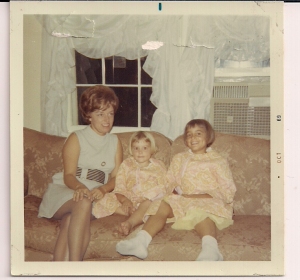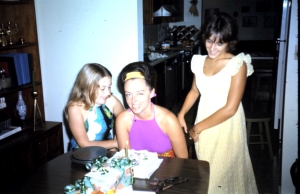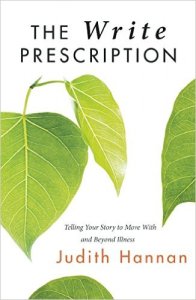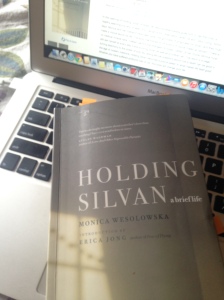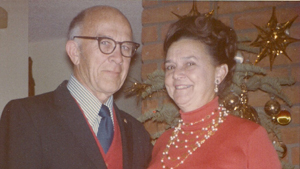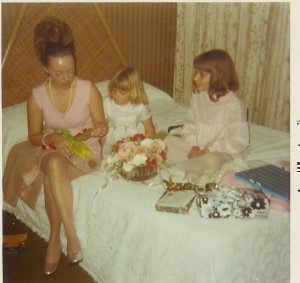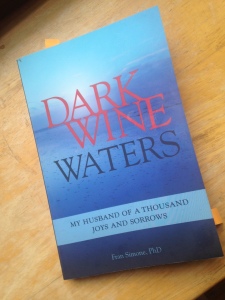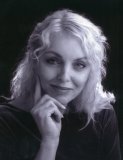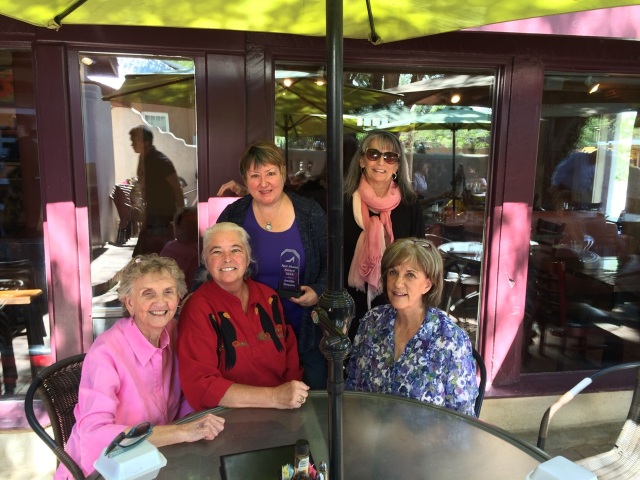About a month or so ago, author Jennifer Grant asked if I’d be interested in reviewing her book, When Did Everybody Else Get So Old? “In it, I write about the death of my sister and the loss of a dear friend, both to cancer. Grief plays a central role in the memoir, so I thought you might be interested in reading it,” she said.
Um.
Yeah.
No.
I did reply that it sounded like her story hits a little too close to home for me…
But it did sound like a great book, and I love supporting fellow writers.
This is a guest post by Margot Starbuck, a review of Jennifer Grant’s When did Everybody Else Get So Old.
Less Alone in Midlife
by Margot Starbuck
I’ve never been here before.
Midlife, I mean.
And with it has come an anxiety about the future that feels new.
Am I the only one who’s noticing my body giving way to age?
Are others suddenly…weirdly…thinking about the end of life?
I have effectively fooled myself into thinking I’m a “young mom” today, because I have kids at home, but what will my identity be in three years when all my chicks have flown the nest?
My own forties haven’t been my most glamorous decade. (Few, from here on out, I expect, will be.) As I’m at the tail end of my forties, I can no longer do the weird life-expectancy math I did at thirty, and convince myself I’m probably not in the second half of life.
I most surely am.
But when I picked up When Did Everybody Else Get So Old?, by seasoned memoirist Jennifer Grant, I felt less alone. At last, I had a guide on this journey I did not choose, but want to walk well.
If you’ve not yet hit your forties, or if you’re wrinkly-knee deep into that fifth decade of life, or if you can already see it in the rearview mirror, you will find a wise guide in Grant to help you make sense of your own story.
Blogger and indy bookstore owner Byron Borger writes, “Memoirs serve to help us understand how people see themselves, make meaning of their lives, construe their worldviews and make sense of the world and their relationships…You come away, as with a good novel, knowing the story, and knowing something more about yourself.”
That’s the win, right? The win for readers is that in reading about someone else’s experience, we glean insight into our own.
I wrote my own memoir, The Girl in the Orange Dress, when I was in my mid-thirties. Because it covered the first three decades of my life, I could look back with the wisdom of hindsight and decide what mattered most.
Grant, though, isn’t looking back on mid-life from the perspective of a wise sage. She’s in it. Married, with one son off at college, and three teens at home, she’s soo in it.
I was curious what the writing was like for Jennifer.
She explains, “Writing this book was about acknowledging, or ‘owning,’ my age, the scars I have, and where I am right now in midlife.”
Grant adds, “I say in the book that the forties are when ‘life gets real.’ I think that’s true for many of us—we come into our own professionally, we suffer losses, we begin having to acknowledge that we won’t live forever, we see our kids growing up and leaving home. There’s a lot to manage, emotionally, as we enter into midlife.”
Yes. Thank you, Jennifer Grant. You get me.
In one of her earlier memoirs, Love You More, Grant wrote about her family’s story of adopting her daughter Mia from Guatemala. In that first book, Grant’s journalism background guided her research on the ethics of adoption, Guatemala’s civil war, etc. It’s a book about family, and adoption, and belonging. And while When Did…? includes some research, about what’s called the U-Curve of Happiness, Grant mostly tells stories from her own life.
I know, firsthand, that that takes energy and courage.
Grant explains, “Writing it brought up losses—the chapters about my sister’s cancer and death were hard to write. I’d write a paragraph or two and find myself pacing or going on a long walk to clear my head and regain a sense of focus and calm.”
As both a writer and a reader, this resonates with me.
Grant’s beautifully woven reflections have helped me feel less alone in this new stage of life. The winsome way she narrates loss and releasing children into the world and thinking about the future are a win for me, the reader.
Grant confirms that there’s a similar gift in the writing for the memoirist, “The books both served to help me better understand my life. Like so many of us, I write to find out what I feel and think about something.”
Readers will have that discovery in Grant’s book, too.
 ABOUT MARGOT STARBUCK
ABOUT MARGOT STARBUCK
Margot is a graduate of Princeton Seminary and Westmont College. She serves as a collaborative writer and ghostwriter, helping others tell their amazing stories. (More on this, and Margot’s editing/consulting work HERE!)
Her first book, The Girl in the Orange Dress: Searching For a Father Who Does Not Fail, was awarded the Advanced Writers and Speakers Association’s best nonfiction book of the year for 2011. She’s also the author of six other Christian living books. Not Who I Imagined was a 2015 Selah Awards finalist for Christian Living. Margot is represented by WordServe Literary and is a member of Redbud Writer’s Guild. Find out more at her website–>
ABOUT JENNIFER GRANT
 Jennifer has written columns and health and parenting feature stories for the Chicago Tribune. For more than a decade, she wrote features, columns, restaurant reviews, and even – for a time – the police blotter for Sun-Times Media newspapers.
Jennifer has written columns and health and parenting feature stories for the Chicago Tribune. For more than a decade, she wrote features, columns, restaurant reviews, and even – for a time – the police blotter for Sun-Times Media newspapers.
She has contributed to many online publications including Aleteia/for her and her.meneutics. Her work has also been published at momitforward.com, Random House’s Convergent Books blog, Sojourners magazine’s God’s Politics blog… find our more at her website–>


